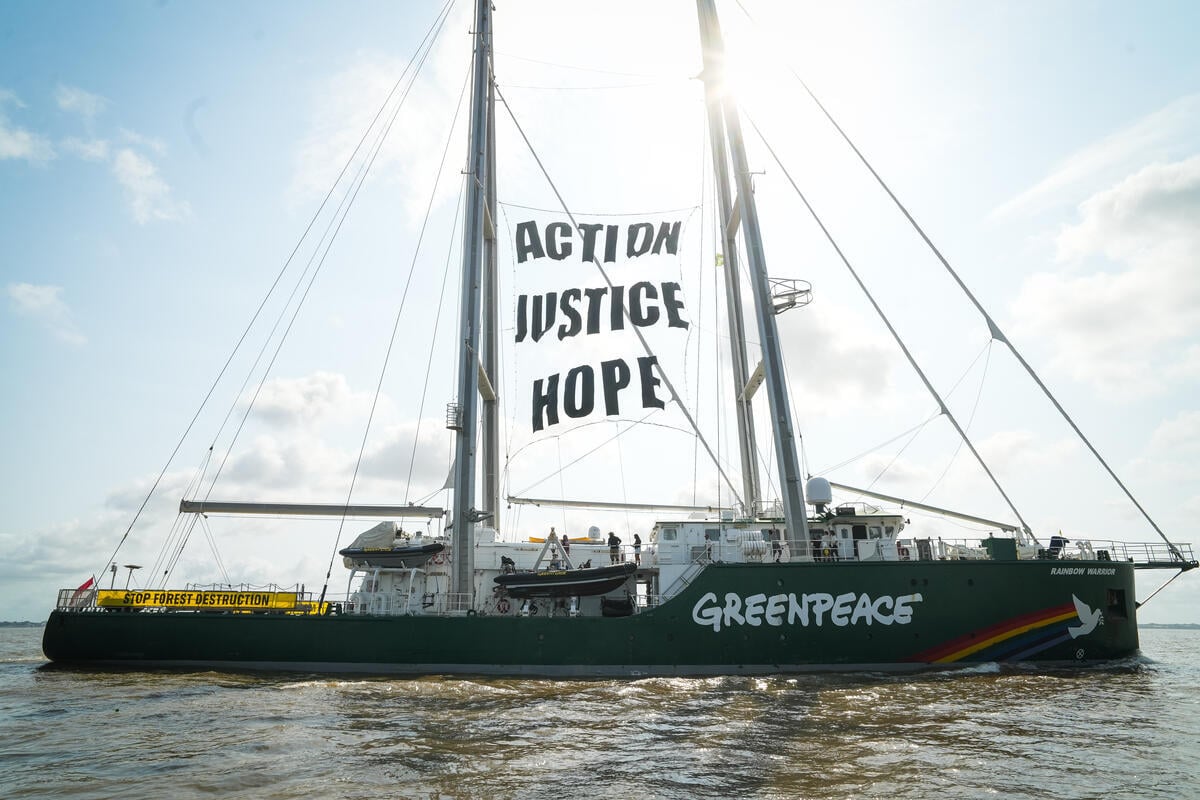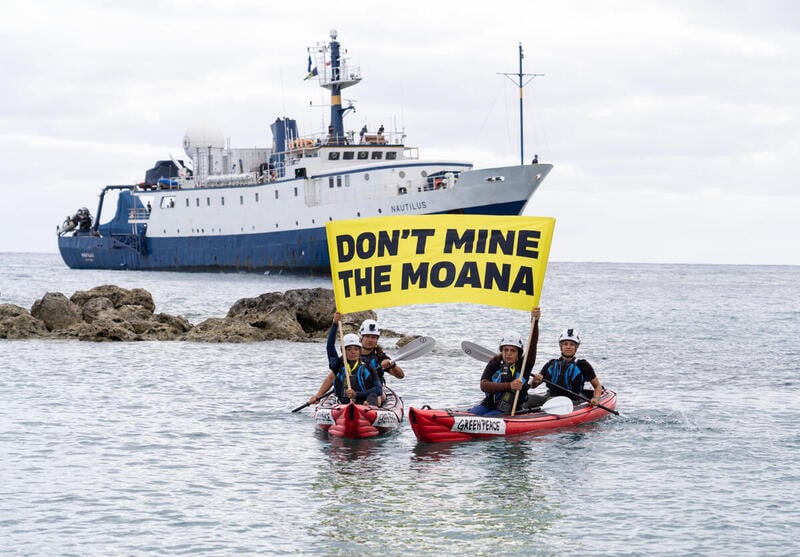The Galápagos can be described as the real-life equivalent of a place that should only exist in mythology books. It’s a paradise where ancient giant tortoises wander around and exotic creatures, like Marine Iguanas, dive into the surf to scour the ocean floor for food. It’s the birthplace of the theory of evolution and the first stop on our brand-new ship tour.

We’re visiting this wonder of the world to showcase the success of the Galápagos Marine Reserve – one of the best examples of ocean protection in action. The Ecuadorian government created this marine protected area that covers approximately 133,000 km2 in 1998. This ocean refuge is teeming with thousands of species of marine life, from mammoth whale sharks and green turtles to scalloped hammerhead sharks and playful fur seals.
An overwhelming number of fish, like the King Angelfish, Parrot Fish and Sun Fish, transform the ocean water into an explosion of colour. We intend to capture and share all these unforgettable sights.
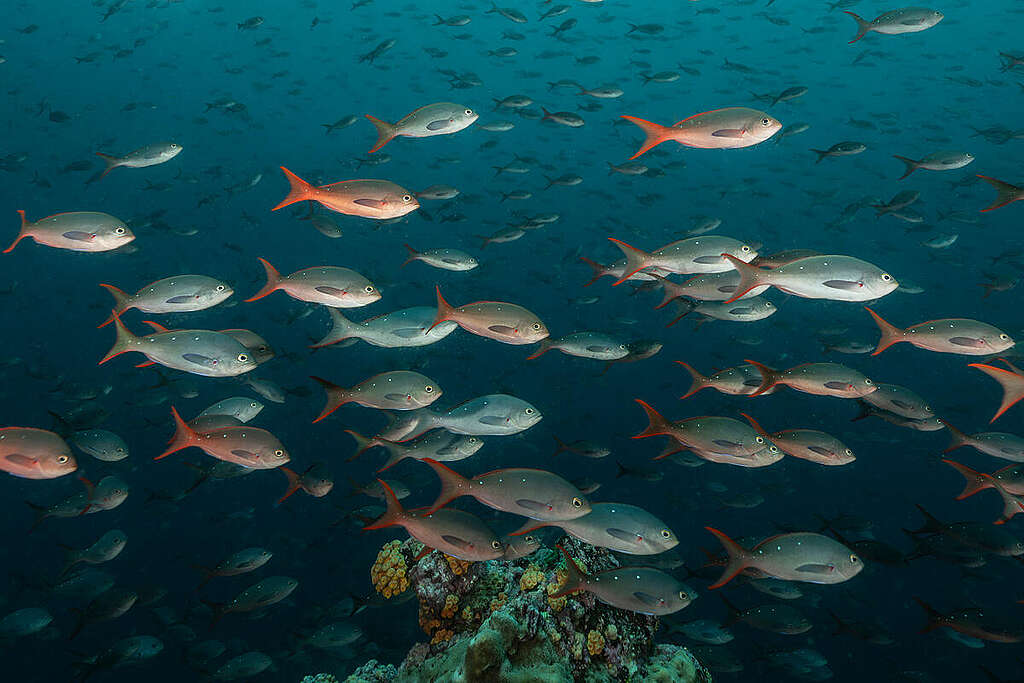
Unfortunately, there is also a flipside to our expedition. We’ll be visiting a vast ocean area that’s part of an underwater superhighway species use to migrate through the Galápagos region. Outside the marine reserve, the ocean remains unprotected and open to industrial fishing vessels that devastate precious and often endangered marine life. The pressure of overfishing outside the reserve could also have dire consequences for life in the reserve.
That’s why this area, located between the national waters of Ecuador, Colombia, Costa Rica and Panama, urgently needs protection. These governments have already taken some concrete steps to protect their coastal waters, and they now have a unique opportunity to protect this pocket of international waters, closing it off to industrial fishing fleets.
To strengthen our case for a new protected area, onboard scientists will conduct research studies from the ship, including eDNA tests. This sounds complicated, but really isn’t. Organisms living in the water shed cells containing genetic material. When the water is collected and analysed, the data can be used to measure the richness of biodiversity within a specific area. The eDNA data gathered from inside and outside the reserve can serve as further evidence to support creating a new and larger marine protected area.
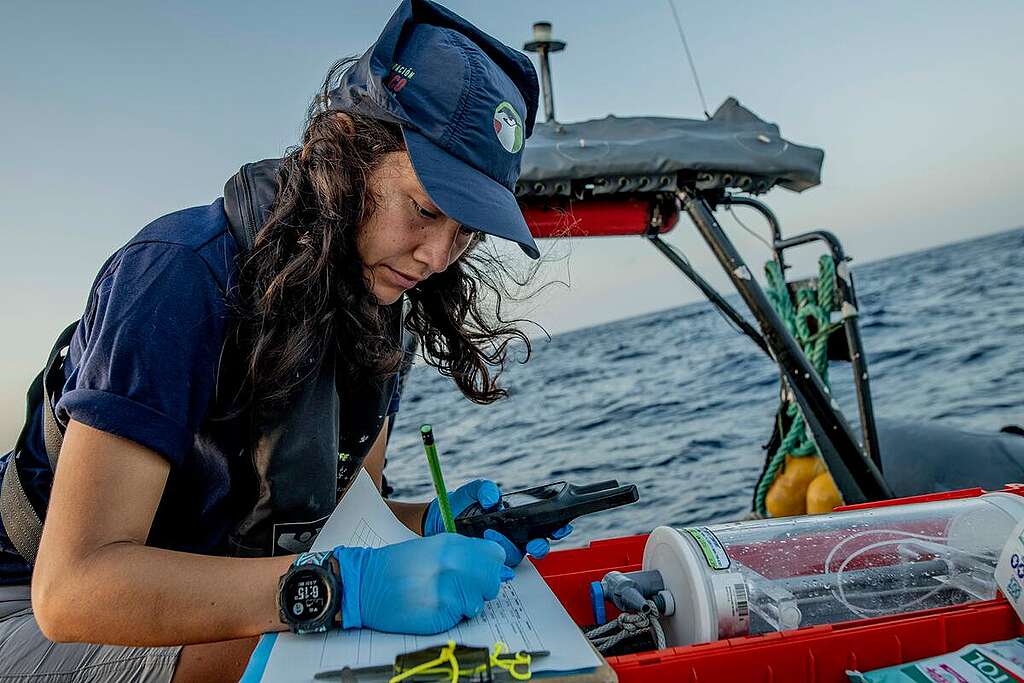
Last year, the historic Global Ocean Treaty was approved, a tool that governments can use to create a new protected area on the high seas. But they first need to sign the Treaty into law. Creating this new safe haven can be a great step towards ensuring that 30% of the oceans are protected by 2030.
The Galápagos inspired the theory that connects all life on Earth. Imagine what the global ocean, covered in protected areas, could inspire.
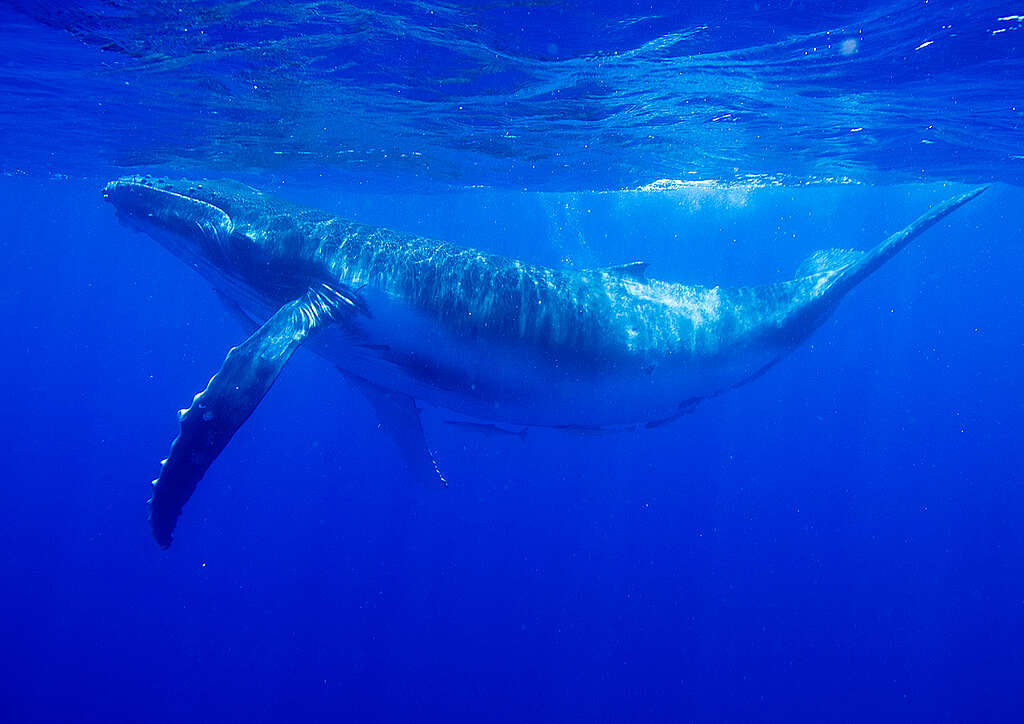
Call on the Foreign Affairs Minister Winston Peters to create new global ocean sanctuaries and protect our blue planet.
Sign the petition
